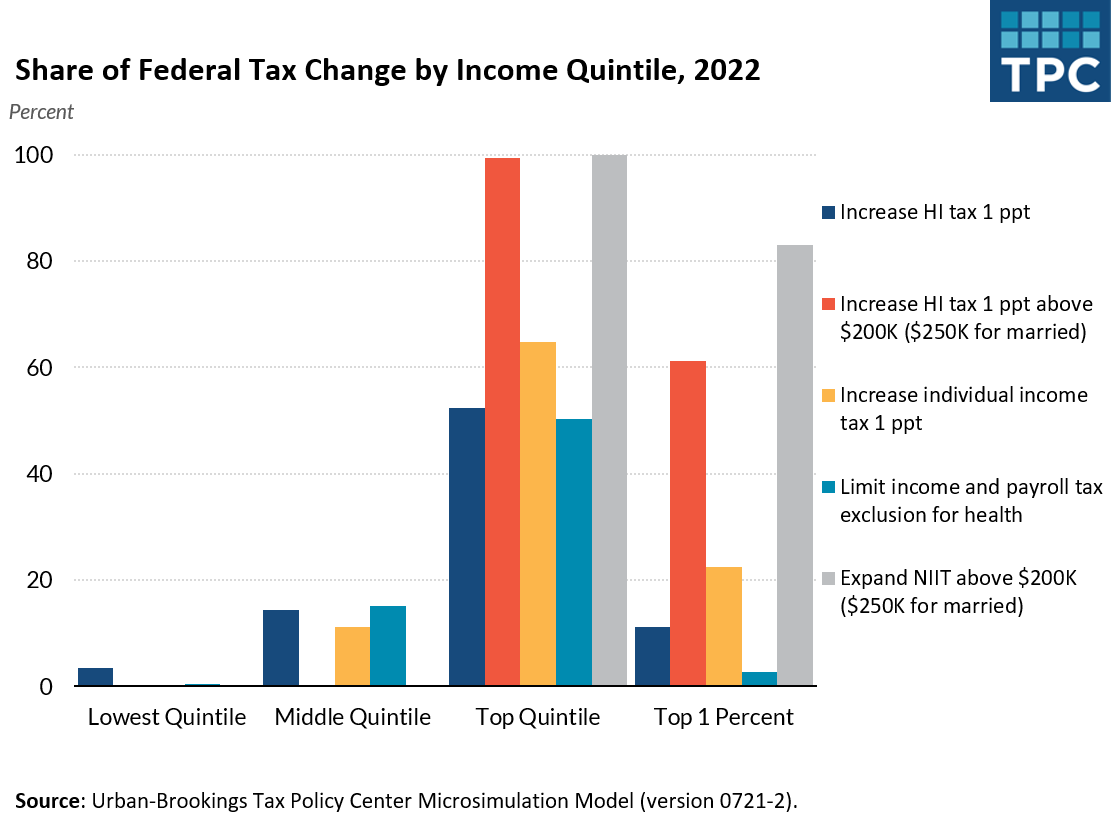Vetting the Tax Policy Records of Governors on Harris’s VP List
With Vice President Kamala Harris now the presumptive Democratic nominee, the political world has moved to one of its favorite parlor games: running mate speculation.
Six current governors appear on most lists: Andy Beshear (Kentucky), Roy Cooper (North Carolina), J.B. Pritzker (Illinois), Josh Shapiro (Pennsylvania), Tim Walz (Minnesota), and Gretchen Whitmer (Michigan).
With less than a month until the Democratic National Convention, campaign and media vetting is well underway. However, on tax policy, always keep in mind that a governor’s record—good, bad, or indifferent—is not necessarily the same as their policy priorities and preferences.
That’s because every governor operates within the existing political and economic constraints of their state. A governor working with a legislature controlled by their party is very different than a governor negotiating with the opposition. And a governor operating in a state with a progressive income tax is different than a governor whose state mostly relies on the sales tax.
Further, national or international events can overtake any governor’s agenda. For example, all six of those governors signed a major tax cut between 2021 and 2023. Does that record foretell a major policy reversal in the next Democratic administration? Not if you also observe that 48 of 50 states enacted a tax cut during that period because of a mix of federal pandemic-related assistance and the rapid growth of the post-COVID economy. In contrast, if this were a campaign following the Great Recession, it’s likely any group of governors would have had records of tax hikes and budget cuts.
As such, let’s examine the major tax policy changes during these governors’ tenures and, as importantly, why they happened.
Kentucky Gov. Andy Beshear signed an individual income tax rate cut in 2023
In Kentucky, Republicans enjoy veto-proof majorities in both houses of the legislature. In fact, the Republican-controlled legislature also enacted an income tax rate cut in 2022 after overriding Beshear’s veto of that bill.
Beshear vetoed the 2022 legislation in part because it also expanded the state’s sales tax to more services, such as gyms, parking, and household moving. (Note: The revenue from the sales tax expansion was a small fraction of the cost of the income tax cut.)
In 2023, Beshear similarly warned of the possible negative fiscal consequences from the tax cut, but argued the state’s recent economic growth and revenue collections justified it.
North Carolina Gov. Roy Cooper let a budget with large tax cuts become law without his signature in 2023
Cooper strongly opposed tax cuts, approved by the Republican legislature, that will lower both North Carolina’s individual and corporate income tax rates over multiple years—and eventually eliminate the latter. In fact, Cooper explicitly called it a “bad budget that seriously shortchanges our schools.” However, the governor did not veto it because it contained something outside of tax policy that Cooper had fought for in every budget since his election in 2016: Medicaid expansion.
Illinois Gov. J.B. Pritzker signed popular Democratic laws but failed to create a progressive income tax
The legislature in Illinois is solidly Democratic, so Pritzker was able to sign tax cuts more popular with progressive policymakers in 2023 and 2024, including expanding the state’s earned income tax credit (EITC), eliminating Illinois’s 1 percent grocery tax, and sending out one-time tax rebates.
However, the state’s constitutional requirement for a flat income tax rate kept Pritzker from making more sweeping reforms. In 2020, Pritzker pushed hard for an amendment that would have eliminated that requirement, created higher tax rates on households earning more than $250,000, and used some of the resulting revenue for a state child tax credit (CTC) and property tax relief.
But in the same year that Joe Biden won the state by 17 points, Illinois voters rejected the ballot measure and limited what the governor could do on tax policy.
Pennsylvania Gov. Josh Shapiro expanded a popular property tax credit
The legislation, which both made more people eligible for the state’s property tax credit and increased its amount, was a policy sweet spot. Pennsylvania’s legislature is essentially tied, and with residential home values spiking across the country following the pandemic, there was bipartisan demand for property tax relief.
Of the 18 states that enacted property tax cuts from 2021 to 2023, roughly half were under unified Republican control, half were under full Democratic control, and one had divided government—Pennsylvania.
Minnesota Gov. Tim Walz enacted sweeping progressive tax changes
In 2022, with Republicans in control of the state Senate, Walz proposed one-time tax rebates but Minnesota policymakers could not reach agreement on tax legislation. In 2023, after Democrats gained full control of legislature, Walz signed a major tax law that created a new CTC (one of the largest in the country), reduced taxes on Social Security income, provided one-time tax rebates, and (through a variety of tax base mechanisms) increased taxes on the state’s high-income residents and businesses.
Notably, Walz is the only governor on this list whose state had both full Democratic control of the legislature and an income tax with progressive tax rates.
Michigan Gov. Gretchen Whitmer vetoed an income tax rate cut and expanded the state’s EITC
It was a somewhat similar story in Michigan. In 2022, with Republicans in control of the legislature, Whitmer vetoed an income tax rate cut. In 2023, with newly elected Democratic majorities, Whitmer signed legislation significantly expanding the state EITC.
Michigan’s flat income tax rate also fell from 4.25 percent to 4.05 percent in 2023. However, that was the result of a state law that automatically triggers income tax rate cuts when the state’s revenue growth outpaces inflation and not legislation. As such, the rate will return to 4.25 percent in tax year 2024.
There is obviously far more to learn from each governor’s speeches, interviews, and proposals. But specifically on their records—and the economic performance of their states—always remember that the state shapes the governor as much as, if not more than, the governor shapes the state.






